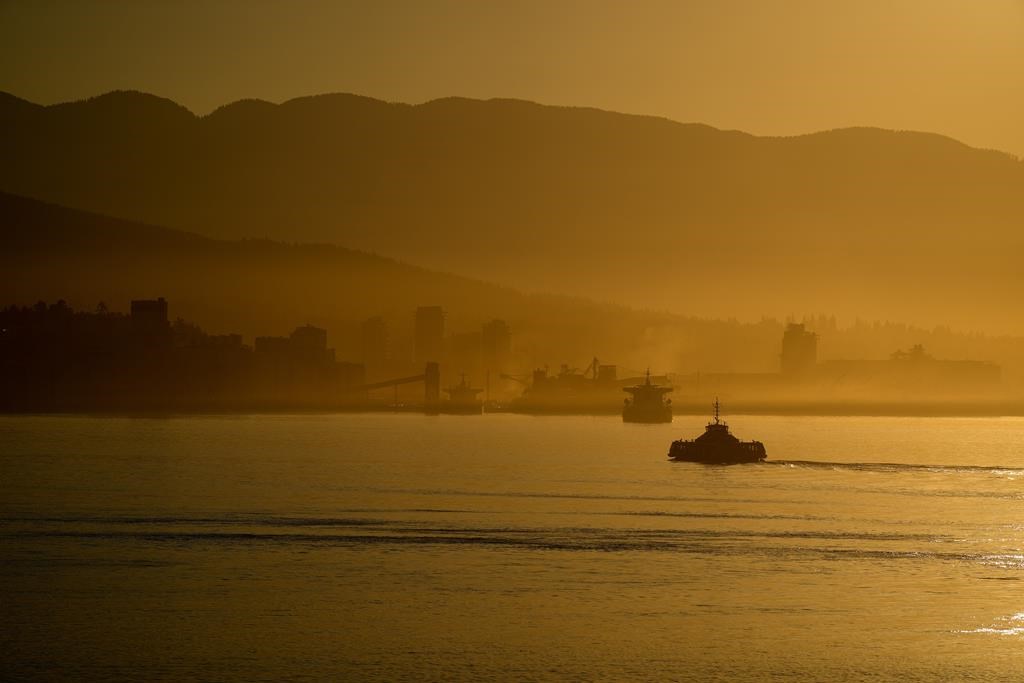B.C. puts fish protection orders in place as heat, drought persists

BURNABY, B.C. — The British Columbia government is putting fish protection orders in place for the Thompson Okanagan region as extreme drought conditions affect river levels and threaten the local salmon populations.
More than 80 per cent of the province has reached Level 4 or 5 drought conditions, the highest possible rankings, after months of little or no rain.
The government says the orders aim to protect spawning chinook salmon in the lower Salmon River and Bessette Creek by temporarily restricting water use for forage crops for about 400 surface and groundwater licence holders.
Advertisement
It says they must stop using water for forage crops, including grass for hay, alfalfa and corn to help restore water flow levels and protect the salmon runs.
The government says the order may be revoked if water flows recover, but affected farmers can access programs, such as the federal-provincial AgriStability program, which helps producers with drought-related income declines.
Compounding the situation is a heat wave blanketing the southern half of the province with temperatures forecast between 35 C and 42 C in the Thompson Okanagan region.
While much of the coastal region is expected to return to seasonal temperatures Wednesday, the central and southern parts of the province must endure the heat for a day or two longer.
Kimberly Stephens, hospital manager for the Wildlife Rescue Association of BC, said there has been an uptick in the number of calls and admissions of animals affected by extreme temperatures.
Advertisement
She said some have heat exhaustion, others have been chased out by wildfires, or their food and water resources have dried up because of the extreme heat and drought. That’s when they come into contact — and conflict — with domestic pets, vehicles and humans, she said.
Stephens suggested people put out shallow water dishes for animals, allowing them to drink without drowning, but said they should not leave out food.
“It’s going to affect all wildlife, but some species are a little bit more sensitive to those changes in the environment than other species are,” Stephens said in an interview.
As an example, she explained bats are particularly sensitive to heat. Once their bodies reach a certain temperature, they go into heat stress, which lowers their chance of survival.
“For most of our birds and bats, of course, insects are a main part of their diet,” she says. “So the decrease in the population of insects because of the extreme heat and the drought will also have an adverse effect on their well-being.”
Advertisement
Stephens said wildfires often drive wildlife into new environments, which may mean more competition with other animals who have already established their territory there.
“Climate change is definitely taking a toll on wildlife, causing them to have to learn to adapt to different temperatures, different resources and different habitats than they’ve been used to.”
Tuesday saw another 19 daily heat records fall across the province, with the mercury topping out at 42.2 C in Lytton, the hottest temperature recorded in Canada so far this year.
About 360 wildfires are burning in the province, 144 are considered out of control and 12 are classified as fires of note, meaningthey are highly visible or threaten people or property.
This report by The Canadian Press was first published Aug. 16, 2023.
Advertisement
The Canadian Press